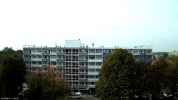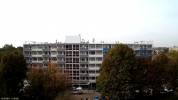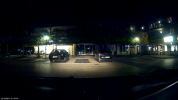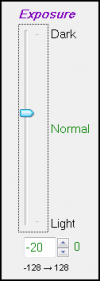dirkzelf
Well-Known Member
- Joined
- Nov 16, 2012
- Messages
- 1,787
- Reaction score
- 869
- Country
- Netherlands
That looks more like loss of focus around the edges than motion blur with the Runcam lens. If it was motion blur, it would be sharper in the vertical direction.
The second set of images confirms this, as there's definitely no motion blur when the camera is stationary at a red light!
Yeah, I actually don't care about the RC lens really and maybe it could do with some more focussing tests, but it was just a checkie.
Anyway, thanks for the info, helps a lot, I may know a little more about this subject than the average trucker, but the bottom line is that I'm still a hauler goofing around with dashcams..... hahahahaha






